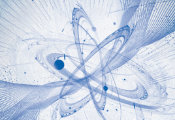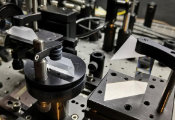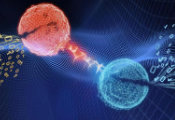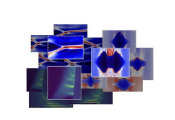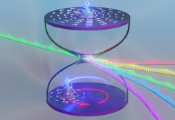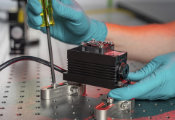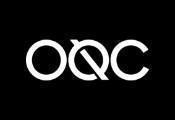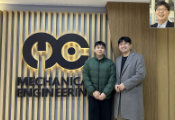Quantinuum and Microsoft Achieve Breakthrough That Unlocks a New Era of Reliable Quantum Computing
April 3, 2024 -- A screenshot of a computerDescription automatically generated Quantinuum and Microsoft have announced a vital breakthrough in quantum computing that Microsoft described as “a major achievement for the entire quantum ecosystem.” By combining Microsoft’s innovative qubit-virtualization system with the unique architectural features and fidelity of Quantinuum’s System Model H2 quantum computer, our teams have demonstrated the most reliable logical qubits on record with logical circuit error rates 800 times lower than the corresponding physical circuit error rates.
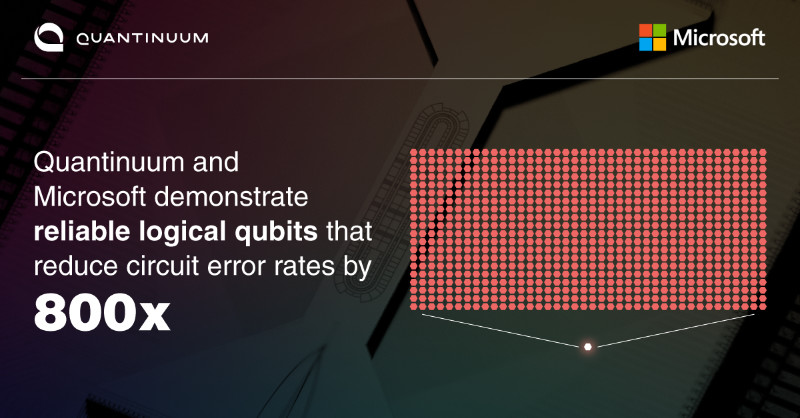
This achievement is not just monumental for Quantinuum and Microsoft, but it is a major advancement for the entire quantum ecosystem. It is a crucial milestone on the path to building a hybrid supercomputing system that can truly transform research and innovation across many industries for decades to come. It also further bolsters H2’s title as the highest performing quantum computer in the world.
Historically, there have been widely held assumptions about the physical qubits needed for large scale fault-tolerant quantum computing and the timeline to quantum computers delivering real-world value. It was previously thought that an achievement like this one was still years away from realization – but together, Quantinuum and Microsoft proved that fault-tolerant quantum computing is in fact a reality.
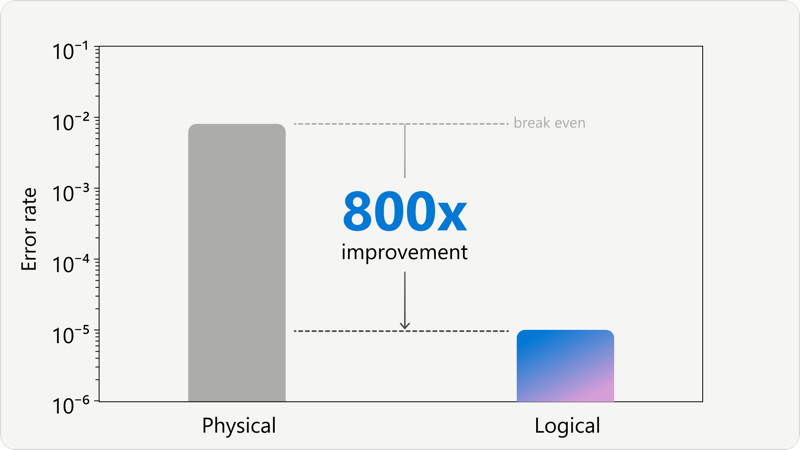
In enabling today’s announcement, Quantinuum’s System Model H2 becomes the first quantum computer to advance to Microsoft’s Level 2 – Resilient phase of quantum computing – an incredible milestone. Until now, no other computer had been capable of producing reliable logical qubits.
Using Microsoft’s qubit-virtualization system, our teams used reliable logical qubits to perform 14,000 individual instances of a quantum circuit with no errors, an overall result that is unprecedented. Microsoft also demonstrated multiple rounds of active syndrome extraction – an essential error correction capability for measuring and detecting the occurrence of errors without destroying the quantum information encoded in the logical qubit.
Building on a relationship that stretches back five years, we collaborated with Microsoft Azure Quantum at a very deep level to best execute their innovative qubit-virtualization system, including error diagnostics and correction. The Microsoft team was able to optimize their error correction innovation, reducing an original estimate of 300 required physical qubits 10-fold, to create four logical qubits with only 30 physical qubits, bringing it into scope for the 32-qubit H2 quantum computer.
Thanks to this powerful combination of collaboration, engineering excellence, and resource efficiency, quantum computing has taken a major step into a new era, introducing reliable logical qubits which will soon be available to industrial and research users.
Today’s results are an exciting marker on the path to fault-tolerant quantum computing. The focus must and will now shift from quantum computing companies simply stating the number of qubits they have to explaining their connectivity, the underlying quality of the qubits with reference to gate fidelities, and their approach to fault-tolerance.

